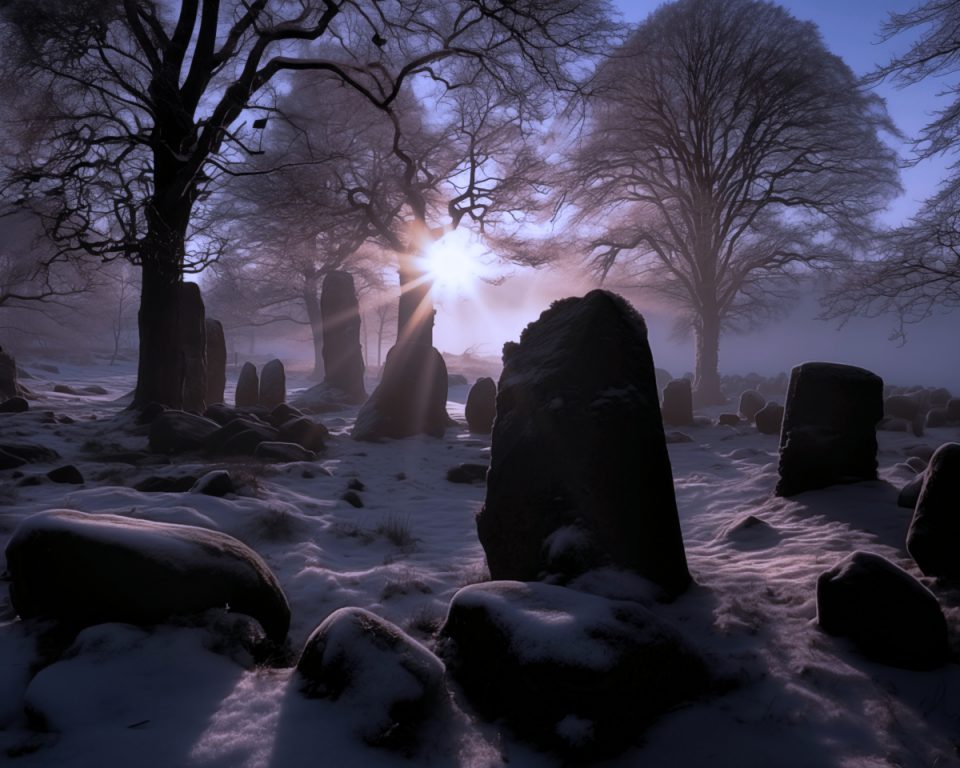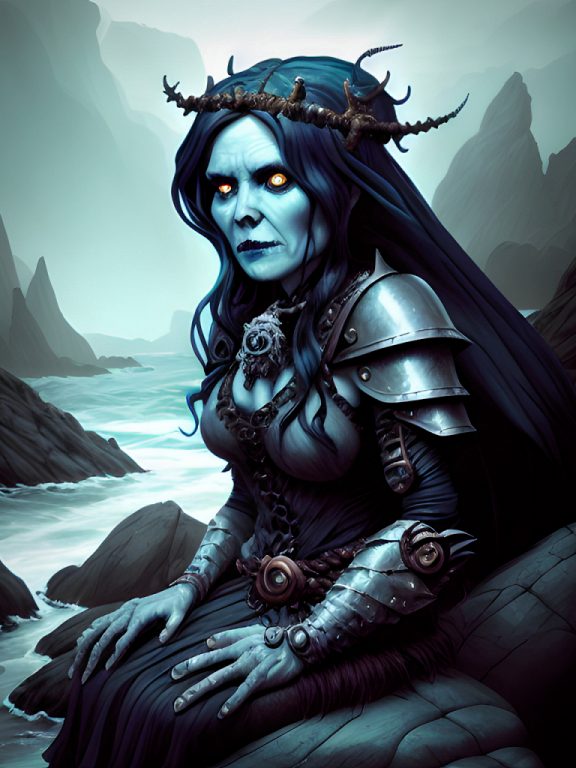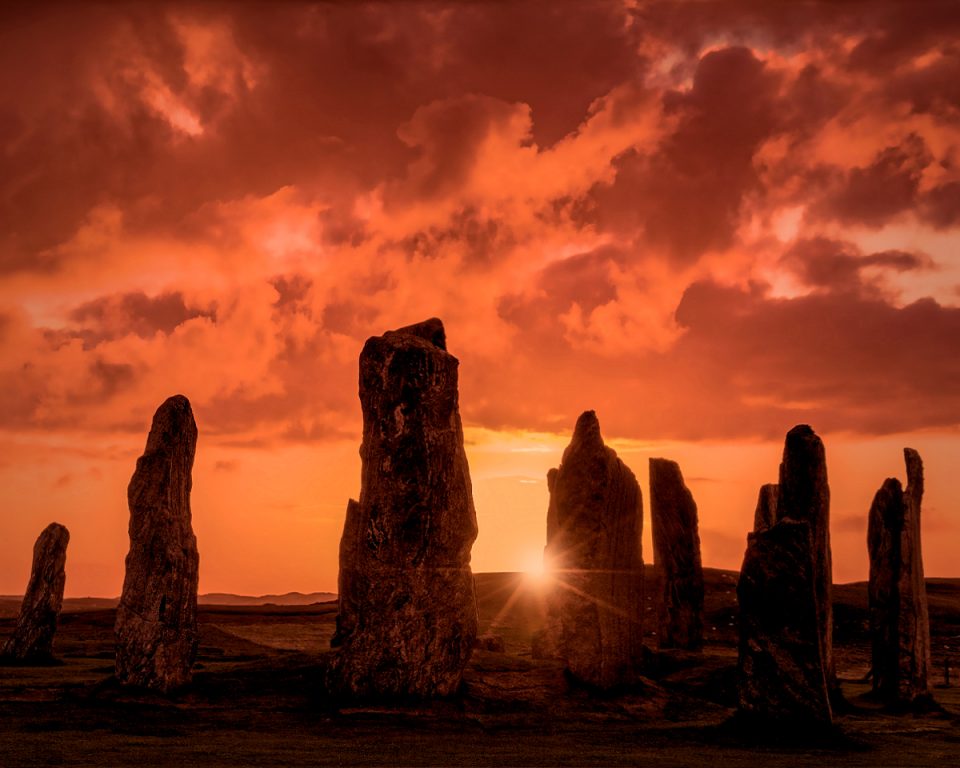The Battle of Bannockburn fought on the 23rd and 24th of June 1314, was a turning point in Scottish History. To a large extent, it was this battle which made Robert the Bruce the legend he is in modern-day Scotland. The Scots were greatly outnumbered and yet they won the day. But what happened at the Battle which caused the Scottish victory? Was the result of strategy? Divine intervention? Or if rumour is true, could it possibly be due to a host of outlawed Knight Templars joining Bruce’s ranks?
Background to the Battle of Bannockburn
When Robert Bruce was crowned king on the 6th June 1306, he incurred the wrath of the English king. Bruce and his followers were routed at the Battle of Methven, two of his brothers and several key supporters were executed and his wife and sisters were captured and imprisoned. These were dark times for the newly crowned king. With a price of his head, he was forced into hiding and outlawed.
All the major castles in Scotland were under English control. If Bruce was ever to take his throne, the English garrisons would need to be ousted and a large section of the Scottish nobility would need to be persuaded to take up Bruce’s cause. Bruce was a natural leader. He drew men to his camp. Slowly but surely, he was reclaiming Scotland one castle at a time. The land was obliging. Scotland with its mountainous terrain and sea lochs helped provide the perfect backdrop for the main tool in his arsenal, guerrilla warfare.
Edward Bruce’s Gamble
Bruce’s success was nothing short of astonishing. By 1314 there were only three castles still holding out: Roxburgh, Edinburgh, and Stirling. All these castles were built on strategically defensive sites. Yet in February 1314 Thomas Randolph, Bruce’s nephew had captured Roxburgh Castle. A month later Randolph had spectacularly captured Edinburgh castle by scaling up the cliff face upon which the castle is built.
However, not all of Bruce’s family were quite so biddable. In June 1313 his brother Edward was put in control of besieging Stirling Castle. The English constable of the Castle offered Edward a deal: if an English force had not returned to lift the Scottish siege, he would hand over the keys on Midsummer’s Day 1314.
Edward was all too ready to accept and Robert was furious.
The Wrath of Robert the Bruce
Robert was a master strategist. The Scots could never hope to command as many men as the English king could. He had learnt a bitter lesson at Methven, and it had cost him dearly. In the intervening years, he had used the element of surprise as his main counter against the superior numbers of his enemy. It had been effective. Now his brother had blown his hard work. Now Edward II of England had a specific date to work to and for once he knew where the Bruce would be!
However, Bruce would not accept defeat easily. He had his men on the site beneath the shadow of Stirling castle, well before the English arrived. The men were trained in their drills. The schiltron, a circle of men with spears, had worked well for the Scots in the past- they would use it again. They could choose the site of the battle and they chose well. Acres of woodland stretched south from the castle. This would afford good protection for the Scottish infantry.
Then there was the ‘carse’ to the east. This was the boggy flood plain of the River Forth. This was what had made the castle so important. The castle rock was the only dry oasis for travellers going north and ancient Roman road led straight to the castle. Whoever controlled the castle could control the movements in and out of the north. Now the English army would come marching straight up this road, heavy cavalry, and all.
Preparations for the Battle of Bannockburn
If the English cavalry was to charge, they would need to fan out off the road and into the bog. Bruce hedged his bets. He ordered his men to build a series of pits at either side of the road. Camouflaged by turf and grasses, this would be a lethal stumbling block for horses in full tilt. Now the waiting game began.
Day One of the Battle of Bannockburn
On the 23rd June 1314, the English might came into view. Thousands of them! Knights, mounted men-at-arms, archers and foot soldiers. The flower of English chivalry was there. It is estimated that the English host was composed of 15,000 infantrymen and 3,000 on horse. It is thought that they outnumbered the Scots two to one.
One thing was in the Scots favour. Edward’s men had come together as a single unit only days before. Meanwhile, Bruce had at its core a team of hard-bitten men who had fought by his side for the past eight years.
The fighting on day one was a spectacular flop. The English cavalry did not plunge headlong into the leg-breaking pits. Instead, they circled the perimeter of the Scottish army cautiously, looking for an opening to attack but the Scots had done themselves proud. There were no openings. The English cavalry did little more than lose their tempers and a few lances and one of their best knights.
The Death of Henry de Bohun at the Battle of Bannockburn
Sir Henry de Bohun was the nephew of the hereditary Constable of England, Sir Humphrey de Bohun. While circling the Scottish ranks he spied a mounted knight with a golden crown upon his helm. This was de Bohun’s moment of glory. King Robert was alone and horsed only on a pony. Pulling down his visor and lowering his lance, de Bohun spurred his great warhorse out of formation and charged towards the Bruce. But Robert’s pony was nimble, and Robert had an axe to grind- literally. After all, he had lost his loved ones to the English hangman’s noose.
As de Bohun bore down on the Bruce, the king waited until the right moment and then the pony sidestepped. Standing upright in his stirrups and holding his battle-axe in both hands, he brought his full weight down on de Bohun’s helmet. The axe shaft broke in two but de Bohun’s head was cleft from crown to chin.
King Robert trotted back to join his nobles. When they chastised him for taking such a risk, he remarked that he was sorry that his favourite weapon had been broken.
The End of Day One
As the night fell at the end of Day One of the Battle of Bannockburn the Scots withdrew into the shelter of the woodlands, while the English masses retired into the bogginess of the Carse. During the night, a Scottish knight who had been fighting in Edward’s Army decided to switch sides. The defecting knight brought good news. Morale amongst the English was dangerously low. A swift attack at first light might win the day for the Scots.
Mass at The Battle of Bannockburn
The second day’s fighting at the Battle of Bannockburn took place on the Sabbath. As the sun rose over Bannockburn, the Scots celebrated Mass in the half-light. News reached the English camp: the Scots were on the move. Still-half asleep and no doubt half-eaten by the blood-sucking midges that thrive in Scotland’s bogs, the English watched in amazement as thousands of spearmen stepped out of the shadows of the woodland and fell to their knees.
Edward joked that the enemy had come to ask for forgiveness. A traitorous Scot, serving in Edward’s army, Sir Ingraham de Umfraville retorted, “They want forgiveness- not from you, but from God for what they are about to do.”
The Scots had carried with them the holy relics of St Columba which were normally held at Arbroath Abbey.
Day Two at the Battle of Bannockburn
In Scotland, the King held the title King of Scots, for he is king over only the people and not the land. But at the Battle of Bannockburn, the land fought in the Scottish King’s favour. Within the floodplain, looped a tributary of the Forth, a stream known as the Bannock Burn. It acted as a corral, preventing the English calvary from deploying. Edward II might have been his father’s namesake, but he certainly was not the warrior that the Hammer of the Scots had been. On his command, the English troops advanced but were pushed downhill by the Scottish schiltrons. Meanwhile, Edward deployed his archers to help his knights advance, but the volleys of arrows were causing more casualties within the English ranks than to the Scots.
Edward ordered the archers to the flanks where they could pick their targets. Bruce waited as the longbowmen were moved into position. Bruce released his cavalry on the archers. The bowmen broke and fled down the hill.
A Charge by the Camp Followers or Knight Templars?
Spurred on by the flight of the archers, a fresh force erupted with banners flying from the rear of the Scottish ranks. According to some accounts, this fresh contingent was composed of yeomen, cooks and camp-followers. Waving homemade flags, shouting and blowing horns, they came pouring over the hill downwards onto the English’s left. Panic swept through the ranks of the English. King Edward and his knights fled the field. The foot soldiers promptly followed suit, leaving behind their supplies, baggage, coin, gold and silver plate and their weapons.
But did a band of peasants really strike fear into the hearts of the English? There are those who suggest that it was a band of Knight Templars who charged down the hill. They propose that they were under the command of Neil Campbell, brother-in-law to Robert the Bruce who held lands around Kilmartin, Loch Awe and Loch Sween. As evidence that Campbell had a band of Templars at his command, they cite the grave slabs at Kilmartin Graveyard.
Several of the grave slabs bear effigies of knights but importantly, many have no names or markings except for an incised imprint of a real life-sized sword. Only warriors or the rich would possess a sword for swords were a pricy commodity. The Knights Templars were frequently buried in nameless graves marked only by an impression of their sword. But it is worth remembering this was an area with many Gallowglasses, elite mercenary warriors of Norse Gaelic origin and graves could belong to them.
What was the Templar Connection with Robert The Bruce?
At the same time as Bruce was waging his guerrilla warfare throughout Scotland, the Knights Templars, possibly the fiercest fighting force in Europe at the time, were subjected to persecution by King Philip of France. Scores of these soldier monks were arrested, tortured, and executed but many escaped along with their great treasure hoard. Under pressure from King Philip, Pope Clement V reluctantly dissolved the Knights Templar in 1312.
Some have theorised that because Robert the Bruce was need of a fighting force and had already been excommunicated, he had little to fear from the church if he chose to harbour these knights. The idea has a certain appeal although there is no direct evidence to say this actually happened.
The Aftermath of the Battle of Bannockburn
The Battle of Bannockburn saw the English finally evicted from the last of their strongholds in the North. Bannockburn provided a rich bounty in hostages. At last, Bruce was able to broker the release of his wife and sisters, as well as Bishop Robert Wishart who had been instrumental in Bruce’s rise to power.
Edward, however, now safely ensconced in England, still refused to recognise the Scots right to freedom. It would take more than the writing of the historic Declaration of Arbroath to see Scotland finally emancipated. Then fate intervened in an unusual way. King Edward II was deposed by his wife, Isabella, the She-wolf of France. Edward III relinquished his claim on Scotland in 1328.
Please feel free to share the spooky by using the links below or leave us a message in the comments box.




